Blasto or North American Blastomycosis is a fungal infection that is most often found in young male dogs, especially hunting dogs, who spend lots of time outdoors.
Sometimes seen in female dogs, blastomycosis most often affects younger male dogs that are between two and four years old. When female dogs are infected, they are more likely to have a recurrence than the males.

Caused by the fungus Blastomyces dermatitidis, blasto is a disease that is regional in the U.S. It is generally limited to areas in the Mississippi, Missouri, Tennessee and Ohio River basins and along the St. Lawrence Seaway and the Great Lakes.
Because blastomycosis in dogs is limited to these regions, veterinarians sometimes don’t consider blasto if a dog does not live in those areas.
However, hunting dogs do travel, and, if your dog has hunted in the infected areas, he may have been exposed.
Incidentally, people in these regions can also get blastomycosis. So be aware that both you and your dog may be exposed, and you can contract the fungus.
Is the Blastomycosis Fungus Contagious?
The Blastomyces dermatitidis fungus exists in two different forms. The mycelial form is the form found in the environment and it is contagious.
The yeast form is found in body tissues and is not contagious.
In other words, if your dog contracts the fungus, you cannot get it from him and he cannot spread it to other animals. But either of you could pick up the fungus while outdoors.
How Do Dogs Get Blastomycosis?
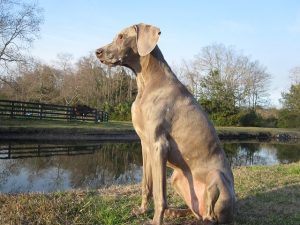
The fungus is found in the soil. Soil near beaver dams and areas where the soil is moist, acidic and rich in decaying material can be rich with the fungal matter. The organism is also found in pigeon and bat guano or feces.
Hunting dogs who come into contact with contaminated soil are most at risk. They can acquire the fungus in a couple ways.
- Inhalation – Most dogs get blasto by inhaling the fungus. When spores are inhaled, they settle in the lungs, and your dog is infected.
- Open wound – When spores come into contact with an open wound, they are absorbed into the body.
After the fungus spores enter the body, they change into yeast because the dog’s body temperature is higher than the soil temperature. At this point, they are no longer contagious.
Blastomycosis Symptoms
Because the symptoms of blastomycosis are similar to a number of other diseases, it can be difficult to diagnose.
Your vet may do a blood profile. With blasto, white blood cell count and calcium levels are elevated. In addition, the vet may also do a radiograph, culture, needle aspiration or biopsy to get more data for a diagnosis.
If you have a hunting dog who has been in the affected regions, be on the lookout for these symptoms:
- Coughing
- Fever
- Lethargy or low energy. Difficulty working out or exercising.
- Loss of appetite
- Weight loss
- Difficulty breathing
- Eye problems – pain and sensitivity to light. Can actually lead to blindness.
- Enlarged lymph nodes – under the neck in the shoulder region and behind the knees.
- Sores on the skin that may be draining
Pulmonary Blastomycosis
This is a form of blasto that is limited to the lungs, pleura and the chest. Blastomycosis most often (85% of the time) affects the lungs. Not as common, it sometimes affects the skin, eyes and bones.
If your dog has pulmonary blastomycosis, you will see coughing, either dry or with mucus. This often does progress to breathing difficulty.
Depending on how badly your dog’s lungs are affected, he may or may not respond to treatment.
Blastomycosis Treatment
If your dog has blasto, he needs to be seen by a vet. This is not something that we can treat at home. If your dog has this fungus, treatment is often lengthy and very expensive.
Treatment aims to relieve symptoms like coughing, difficulty breathing, eye issues and getting rid of the fungus.
In about 20% of dogs, the infection can come back–sometimes months or even years later.
If your dog does not have severe lung involvement, he has a better chance of recovery. The outlook for dogs who have nervous system involvement is poor.
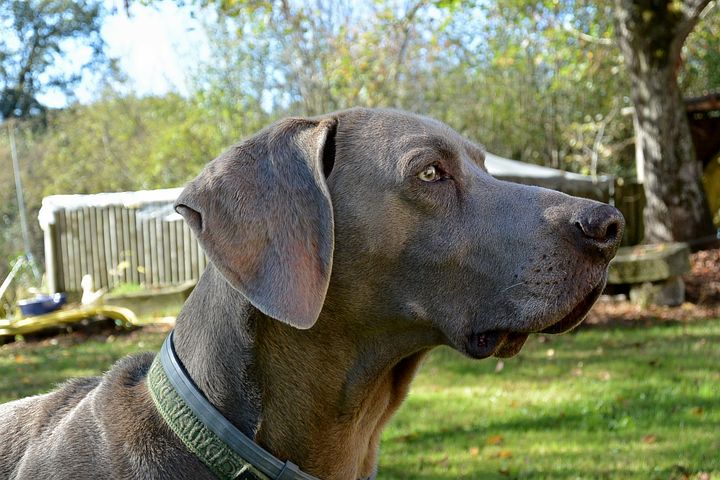

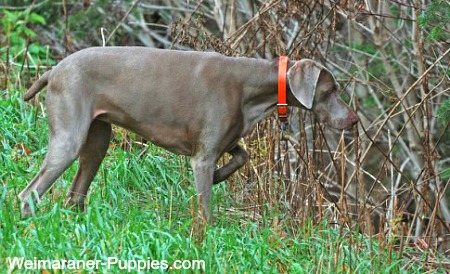
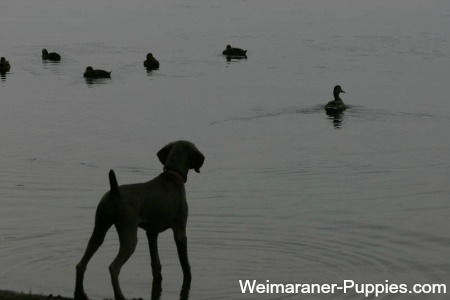
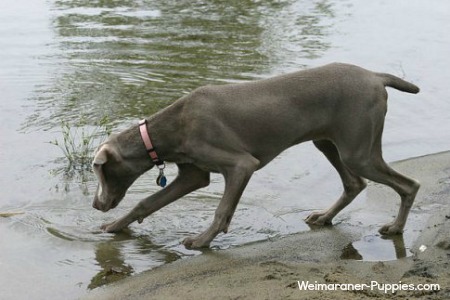

Leave a Reply